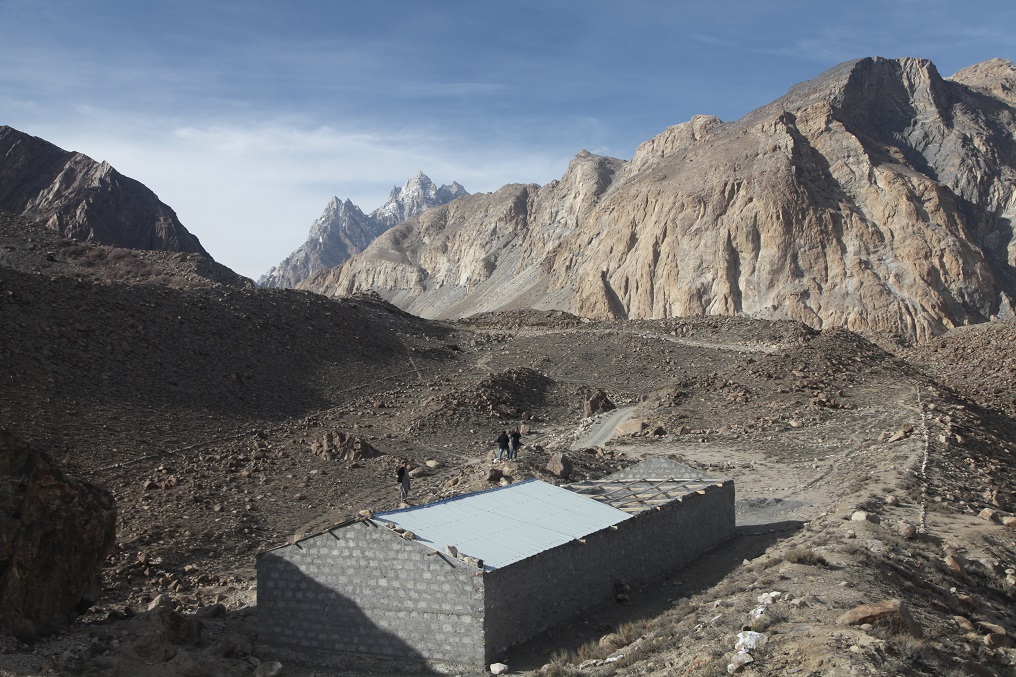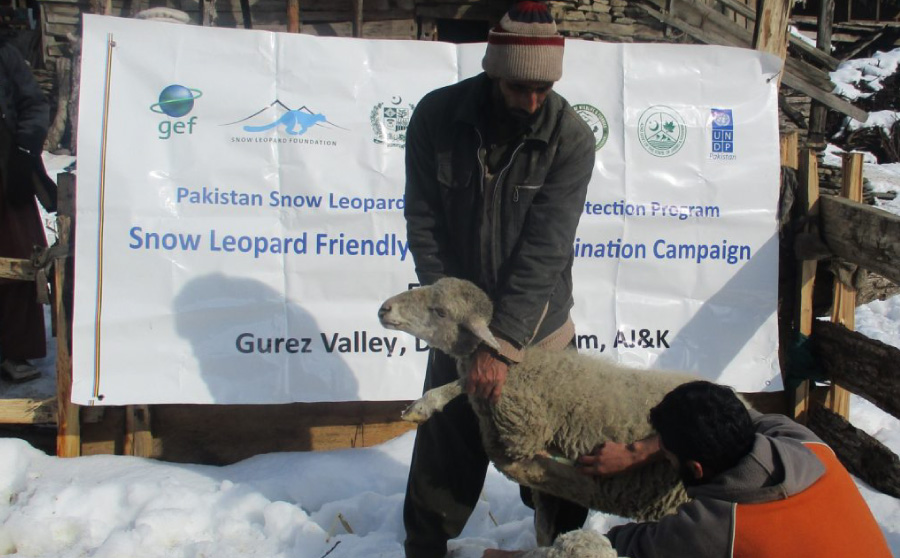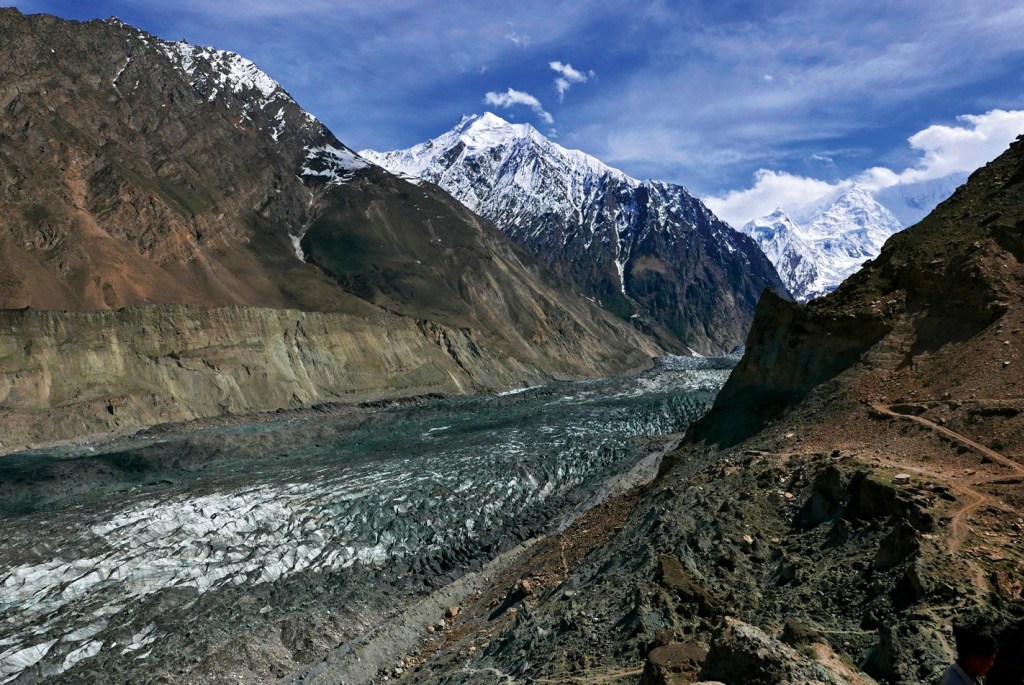Community-Based Conservation
A conservation program cannot be effective without public support. The foundation, in partnership with concerned communities and stakeholders, introduces innovative interventions for improving their living conditions to promote conservation. The community-based conservation programs aim to manage and ameliorate the conflict between wildlife conservation and economic development by encouraging rural communities to balance their monetary needs with their respect for the environment. Currently, the snow leopard program is engaged with 40,000 households, in 50 valleys spanning 30,075 km², across majestic ranges of Himalaya-Karakoram-Hindukush. The program effectively addresses human-wildlife conflicts, through creating safety nets (livestock insurance), reducing livestock losses (predator-proofing of corrals), and conservation education .
Predator Proof Corrals (PPCs)
Livestock losses due to snow leopards can be devastating when the carnivore gains entry to a poorly developed and predator prone corral. The cats have been known to kill tens of animals in one attack (far more than they need to consume) and may return multiple nights in a row. These events affect families economically […]
Snow Leopard Friendly Livestock Vaccination Program (SLFLVP) OR Ecosystem Health Program (EHP)
Livestock rearing is the major source of income for the agropastoral communities living in the snow leopard range. This program helps herders to protect their livestock from diseases and halt disease transmission to wildlife species. In return, the communities agree not to harm snow leopards and its natural prey in their respective pastures. Studies reveal […]
Pioneering Conservation Tourism: Pakistan Snow Leopard & Ecosystem Protection Program
The Snow Leopard Foundation has been developing conservation tourism sites under its PSLEP Project. Since its inception in 2008 SLF has unprecedented local hands-on data and wisdom about the delicate ecology of natural resources, glaciers, wildlife and community, SLF also has primary data on how tourism has impacted the snow leopard habitats in Gilgit Baltistan. […]


